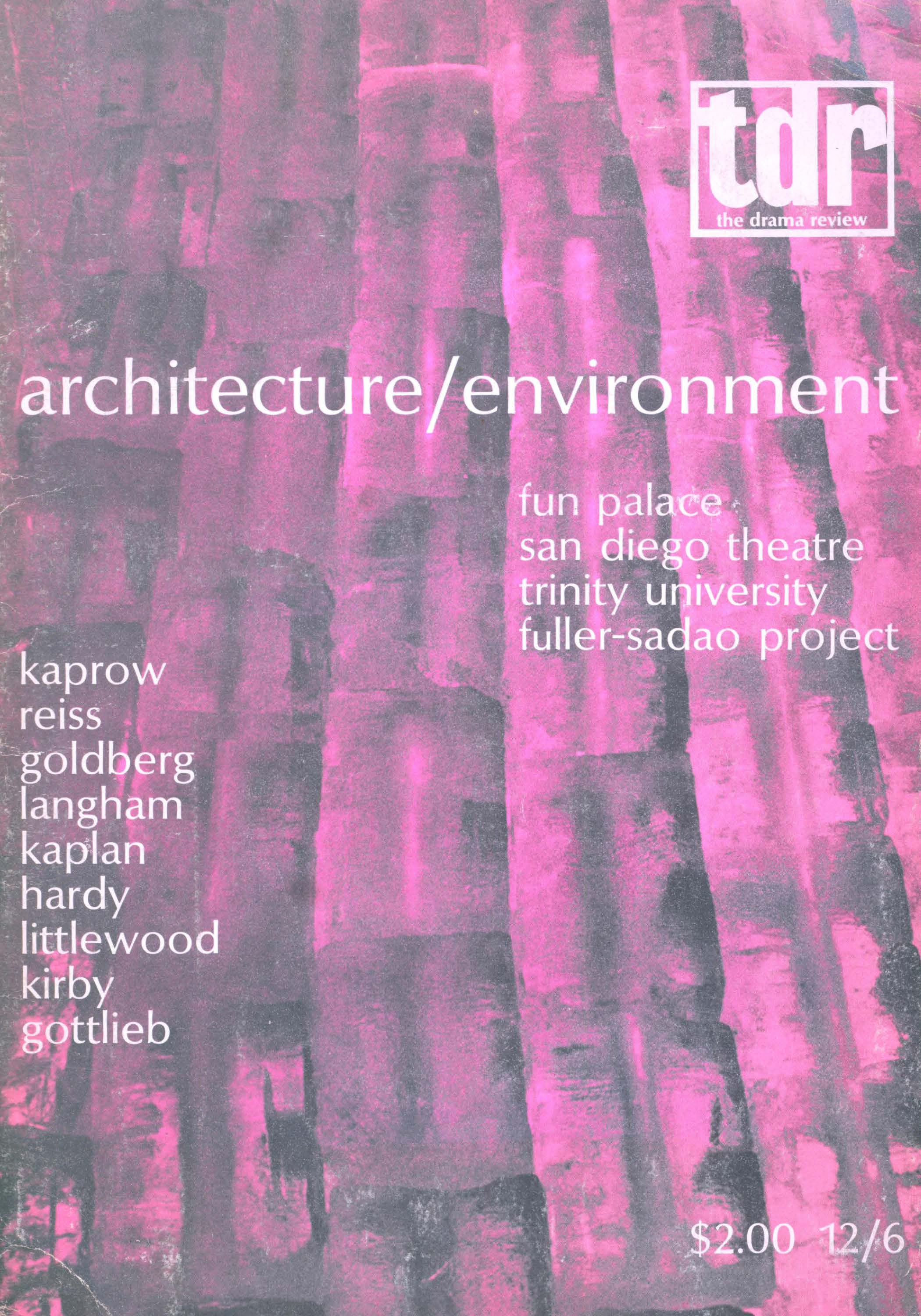No CrossRef data available.
Article contents
The Adriani Lazzi of the Commedia Dell'Arte
Published online by Cambridge University Press: 07 December 2021
Extract
It would be difficult to think of an historical acting style that affected twentieth-century performance more than the Italian sixteenth-century commedia dell'arte. For avant-garde directors in the 1910's—people like Meyerhold, Evreinov, Reinhardt, Copeau—the commedia, with its reliance on stereotyped characters, masks, broad gestures, and improvised comedy, represented the very theatricality of the theatre. Performing across Europe and elsewhere from 1550 to 1750, often without dramatic texts as such and outside proscenium stages, commedia troupes developed large audiences of all classes, another feature that made their work so attractive to avant-garde directors. Even the most popular entertainments of the first part of the twentieth century—silent and sound motion picture comedy as well as radio comedy—seem closely related to the commedia. Indeed, it is hard to conjure images of the commedia without seeing Charlie Chaplin, W.C. Fields, Bert Lahr, the Marx Brothers, or Laurel and Hardy.
- Type
- Historical
- Information
- Copyright
- Copyright © 1978 The Drama Review


